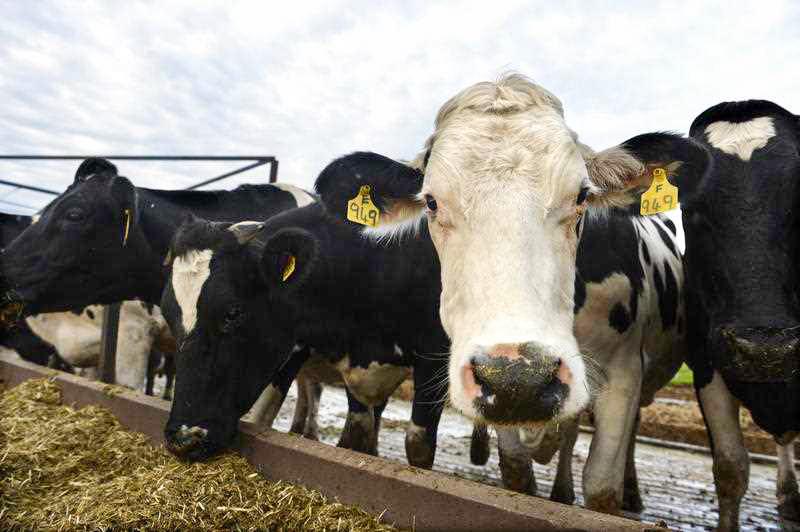A native Australian seaweed shown to reduce methane emissions in cattle has seen its first commercial purchase by a South Australian meat processor just weeks after the global sale of the seaweed was announced.
This follows four years of extensive research and fast-tracked commercial licensing between Australia-government researchers at CSIRO, Meat and Livestock Australia, and James Cook University.





